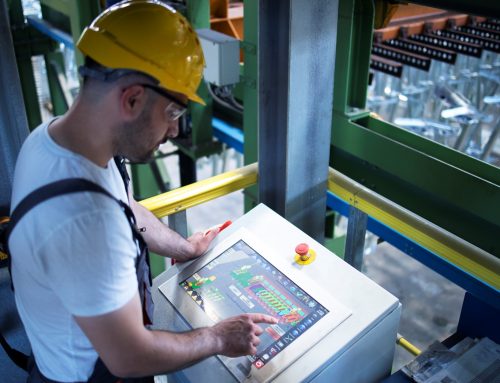In this post, we show the relationship between lean production and asset management and how they can generate benefits to companies. We also talk about the competitive advantages of lean production, such as increased productivity, flexibility in processes and speed in decision making.
Lean production, also known as lean method, is a continuous improvement approach that aims to maximize customer value by achieving maximum performance with minimal resources. This philosophy was developed by Taiichi Ohno and was first applied at Toyota. But did you know that lean production and asset management are complementary concepts?
The purpose of this post is to show how these two areas generate benefits to companies by seeking to implement practices that improve production and reduce risks. Continue reading and learn more!
Lean production and asset management: understand this relationship
Lean production seeks to reduce waste and maximize efficiency in the production process. It emphasizes the production of exactly what is needed when needed and the required quantity. This is achieved by using demand and inventory studies to determine the quantity and type of production. The identified waste is eliminated, while resources are made the most of.
Here’s an example of lean production in practice.
Asset management, in turn, is a set of practices that seek to maximize return on investments. It is a process that aims to improve operations and productivity by increasing asset life and reducing risk and cost. In other words, asset management should identify, develop, implement, and monitor measures to protect and improve assets.
Lean production and asset management complement each other, as both seek to reduce risks, improve production, reduce waste, accurate production according to demand and inventory studies.
By using lean production practices and asset management together, companies can achieve greater efficiency and reduce operating costs, which in turn can increase profits.
Learn about the competitive advantages of lean production
By implementing lean production and asset management together, companies can gain significant competitive advantages, such as:
- greater productivity and efficiency: the approach seeks to adopt methodologies and technologies that make processes more efficient to avoid producing the maximum with minimal resources;
- higher quality of products and services: the search for excellence goes through the path of identifying and eliminating failures that could compromise the operations and integrity of the machines;
- greater flexibility in processes: building a flexible production line is one of the objectives of lean production. This means that the company needs to be able to quickly adjust to demands with as little inventory as possible;
- faster decision-making: the data generated by the methodology allows managers to always have enough information to make quick and informed decisions.
It is noteworthy that companies can also obtain significant financial benefits by reducing costs through lean production. Efficiency gain and waste reduction eliminates unnecessary expenses, including unforeseen corrective maintenance or the early need for parts replacement.
Lean production and asset management are continuous improvement techniques that can be used together to increase productivity and reduce costs. Implementing these practices can bring significant financial benefits to businesses, as well as improve process efficiency and quality.
Did you know that Mansuis4 is the perfect tool for you to manage your maintenance tasks efficiently? Request a demo and understand how it works!






Leave A Comment